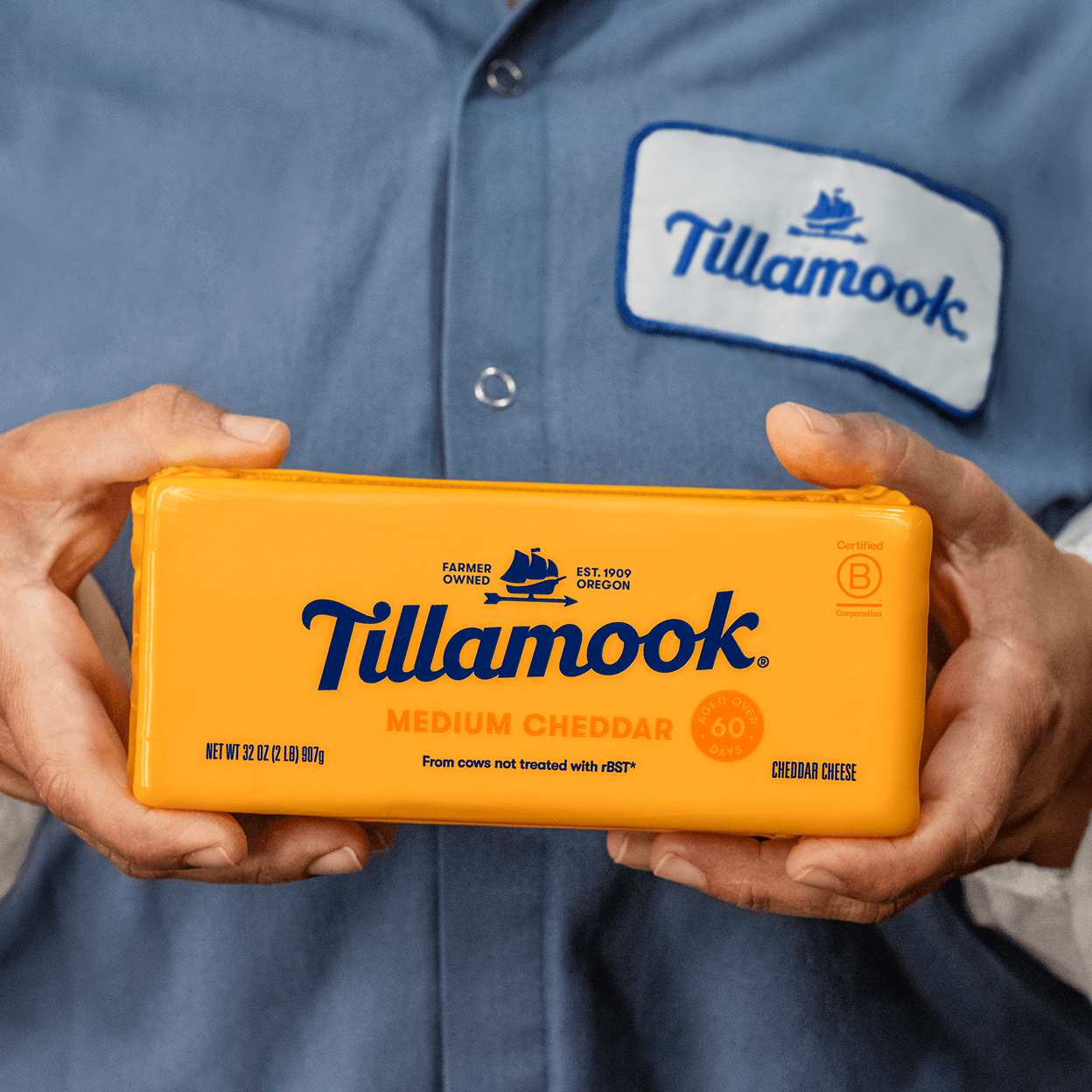
In 2024 we launched new projects that kept an additional 42 million pounds of food waste out of landfills. Our ultimate goal? Zero waste to landfill by 2030, according to the TRUE Zero Waste protocols.
Working to protect land, air and water for future generations.



In 2024 we launched new projects that kept an additional 42 million pounds of food waste out of landfills. Our ultimate goal? Zero waste to landfill by 2030, according to the TRUE Zero Waste protocols.
How we reduced our waste in 2024




Enjoying our products before they go to waste is the best diversion strategy. Last year, we joined forces with local food banks, nonprofits and other partners to ensure families in need across the country can enjoy our products — just the way we intended.
The hardest food waste to divert from landfills is expired food still in its packaging — products past their sell-by date or spoiled. This past year, we found a partner who uses depackaging equipment to remove the plastic wrap and separate out the food portion that can be used in animal feed, composting and anaerobic digesters.
Mother Liquor is a nutrient-rich by-product of dairy processing, full of minerals and nutrients like carbohydrates. Up until 2024, this “liquid gold” was simply going down the drain. We recently entered into a partnership that diverts millions of pounds to be used as animal feed on regional farms.
Eagle-eyed visitors to our Tillamook Creamery visitors center can catch employees on the packaging line shaving off cheddar from too-heavy chunks before they’re shrink-wrapped. Some of this cheese scrap can be added back to products that are underweight, but some go to a local farm for animal feed. This past year at our Boardman facility, we also reestablished a process to divert any unusable cheese to local farms for compost or animal feed.




Megawatts. Cubic Meters. Tons. We measure a lot of things. But it’s important to put our yearly resource savings into context.
now streaming:
A healthy farm doesn’t end at the fence line. For years, we’ve worked hard to make our neighbors — from flora to fauna — feel right at home so they can live healthy, peaceful lives. In 2024 we partnered with Trout Unlimited and the Salmon SuperHwy to remove a collapsing culvert on the Tillamook Creamery’s property in Tillamook. Salmon now have an easier path to an upstream spawning area in Juno Creek, lined with freshly planted native riparian vegetation to keep the creek cool. We have already begun replicating this project along the Nestucca River south of Tillamook by planting several hundred native plants.
If you think audits can’t be exciting, think again. We undertook a handful of audits in 2024 — both internally and via third parties — to identify ways to reduce our resource usage that will have maximum impact. Many of the suggested projects came from the employees themselves, showing how positive change can come from anyone, anywhere within TCCA.




We brought in a consultant to administer a professional waste audit at both Oregon facilities. Each site collected, weighed and analyzed about 3,500 lbs of landfill waste. Using this knowledge, our teams were able to find more recoverable waste streams, adding them to our Zero Waste 2030 Roadmap.
Recognizing the importance of learning from each other, our Sanitation Managers and third-party experts spent three days touring each production facility together. They observed each other’s processes, brainstormed ideas and identified 60 projects to reduce water usage. Fourteen of these projects have already been completed, saving over 2M gallons per year.
We invited three different organizations to assess the energy usage across our Oregon facilities. These audits identified 39 projects with a potential savings of 141 MMBtus and $1.7 million.
At our Boardman site, we uncovered opportunities to upgrade our lighting to LEDs with sensors. This is expected to save over 1M kWh per year, with some projects set to begin in 2025.